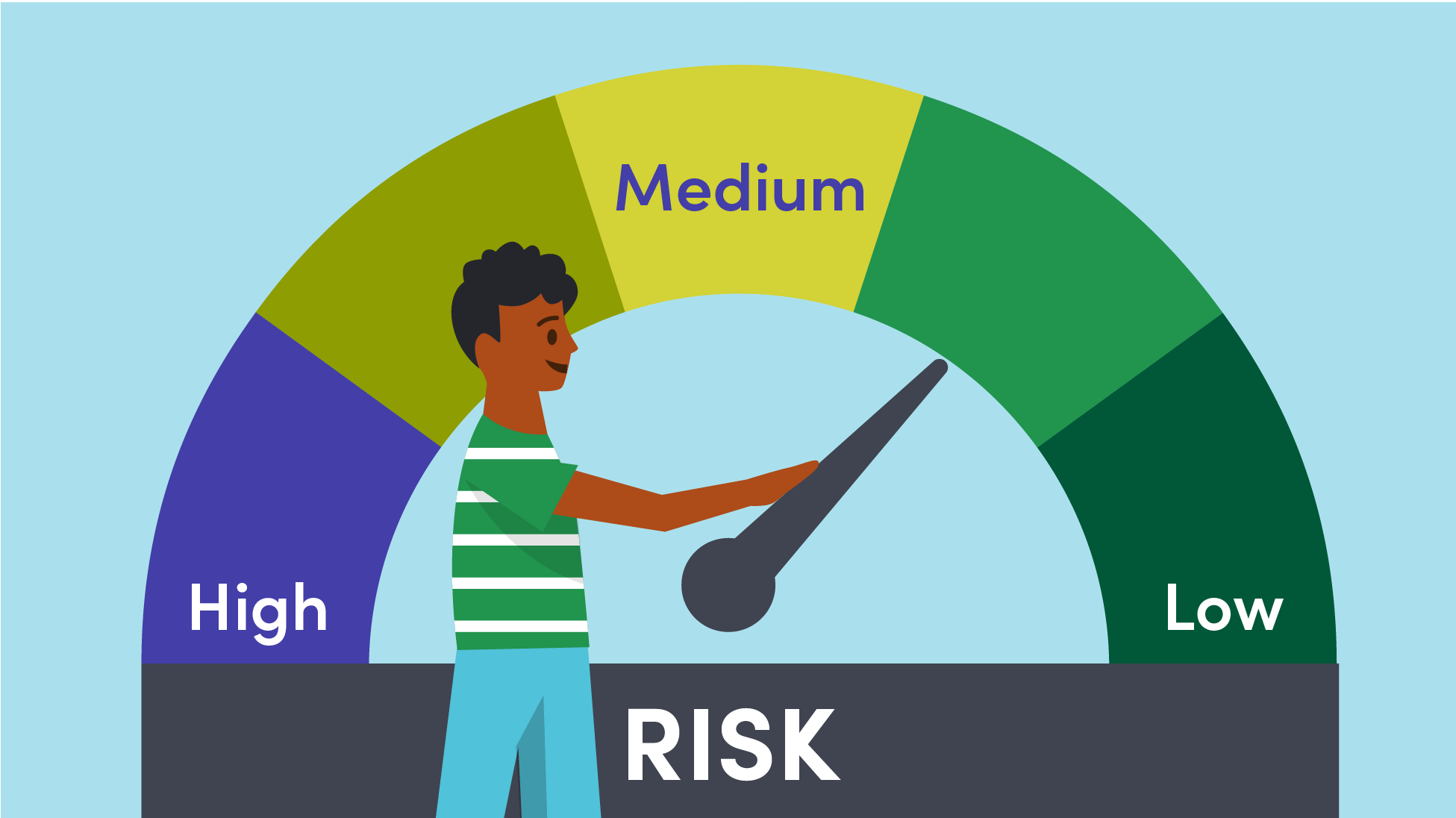
Running a power washing business means more than just blasting dirt off driveways and siding. When you’re working on someone else’s property — using high-pressure equipment, ladders, and chemicals — risk comes with the job. 🧨
A slip, a busted window, or accidental bleach stains on landscaping can turn a $300 job into a costly nightmare. That’s why understanding liability and risk management is not optional — it’s essential. ✅
Whether you’re a solo operator or managing a growing crew, this guide will walk you through how to protect your business, your clients, and yourself from common field service risks. 💼🛡️
🔍 What Is Liability in Field Services?
Liability refers to your legal and financial responsibility if something goes wrong while you’re working. In the power washing world, that could include:
- Property damage (e.g., cracked siding, stripped paint) 🏚️
- Bodily injury (e.g., slip-and-fall on wet concrete) 🦶
- Equipment malfunction (e.g., chemical sprayer leaks into a pool) 💦
- Job errors (e.g., wrong surface cleaned or improper pressure used)
⚠️ If you’re found responsible for any of the above — and you’re not properly protected — you could be on the hook for thousands of dollars in damages, legal fees, and lost business.
🧯 Step 1: Get Proper Insurance Coverage
The first line of defense against liability is insurance. Every field service business should carry:
🛡️ General Liability Insurance
This protects you from claims involving property damage and bodily injury to others.
- Covers customer injury on-site
- Pays for damage to a client’s property
- Often required to work with commercial clients or HOAs
💵 Typical coverage: $1M per occurrence / $2M aggregate
🏥 Workers’ Compensation Insurance (if you have employees)
If an employee is injured on the job, workers’ comp covers medical bills and lost wages.
- Required by law in most states once you hire staff
- Protects your business from lawsuits related to workplace injury
🧰 Equipment Insurance (Inland Marine)
Covers your gear while it’s on the move — especially important if you use a trailer or service vehicle.
- Replaces tools damaged in accidents or theft
- Often bundled with general liability policies
💡 Tip: Work with an agent who understands service businesses. Companies like Hiscox, NEXT, and Thimble offer small business policies tailored for field work.
Browse Amazon Here For Popular Power Washing Detergents
🛠️ Step 2: Identify Your Job Site Risks
Before you can manage risk, you need to recognize it. Common hazards in power washing include:
- Slippery surfaces from runoff 🌊
- High ladders or roof work 🪜
- Close proximity to windows and electrical outlets ⚡
- Mixing and spraying of harsh chemicals 🧪
- Poor hose management (trip hazard) 🌀
- Pressure-related injuries (cuts, bruises, eye damage)
Create a checklist for each job that includes a site assessment. Scan for:
- Pets or children nearby 🐶👧
- Fragile landscaping 🌺
- Furniture or items that need to be moved
- Obstructions or uneven ground
- Signs of dry rot, cracking, or damage
Being proactive prevents problems — and shows professionalism. ✅
📋 Step 3: Use Signed Service Agreements
Verbal agreements = misunderstandings.
Always use a written service agreement that includes:
- Job scope
- Surfaces to be cleaned
- Chemicals being used
- Customer responsibilities (e.g., removing vehicles)
- Disclaimer for pre-existing damage
- Terms of liability and limitations
- Cancellation/rescheduling policy
📄 Have clients sign this BEFORE work begins — digitally or in person.
💬 Bonus: Include aftercare instructions and disclaimers for “at-risk” surfaces like oxidized siding or old wood decks.
👷 Step 4: Train for Safety — and Enforce It
Safety isn’t just about gear — it’s about habits. Whether you work alone or with a crew, create a basic safety protocol that includes:
- PPE required: gloves, safety glasses, non-slip shoes
- Proper ladder usage: 3-point contact, secured footing
- Hose management: no tangles or trip hazards
- Equipment handling: turn off machines before adjusting
- Chemical usage: label all containers, store securely
🧼 Make safety part of your culture — not just a box you check.
🧪 Step 5: Manage Chemical Risks
Bleach, degreasers, and other cleaning solutions can pose health and environmental risks.
Minimize liability by:
- Using proper ratios and mixing instructions
- Never leaving chemical containers open or unattended
- Rinsing surrounding areas before and after soft washing
- Avoiding overspray near plants or sensitive surfaces
- Wearing gloves and eye protection at all times 🧤👓
✅ Keep Material Safety Data Sheets (MSDS) in your truck or trailer — required by OSHA in many jurisdictions.
📞 Step 6: Have a Plan for When Things Go Wrong
Despite your best efforts, things will occasionally go sideways. What matters most is how you handle it.
If you damage something:
- Be honest and upfront with the client
- Document with photos
- File an insurance claim if necessary
- Offer repair or reimbursement options
- Follow up after resolution
💡 Clients often remember how you handled a mistake more than the mistake itself. Being proactive builds trust.
🧾 Bonus: Keep Good Records
In the event of a dispute or claim, your best defense is documentation:
- Signed quotes and job scopes
- Before and after photos 📸
- Communication logs (texts, emails)
- Proof of insurance
- Incident reports (if something goes wrong)
Keep these organized in a CRM or secure digital folder system.
🧼 Final Thoughts: Risk-Proof Your Business
You can’t remove risk entirely — but you can protect yourself from the worst of it. Liability management is what turns your power washing business from vulnerable to resilient.
Here’s your risk reduction checklist:
✅ Get proper insurance (general liability, equipment, workers’ comp)
✅ Identify and flag on-site risks before starting
✅ Use clear service agreements and disclaimers
✅ Train yourself and your crew in safe procedures
✅ Handle chemicals with caution
✅ Have a game plan for handling damage or disputes
✅ Keep clean records of every job and interaction
When clients see that you’re prepared and professional, they’re more likely to trust you — and that’s good for business. 💼🧽🛡️






